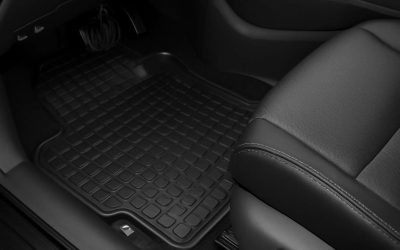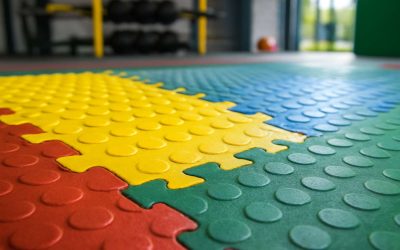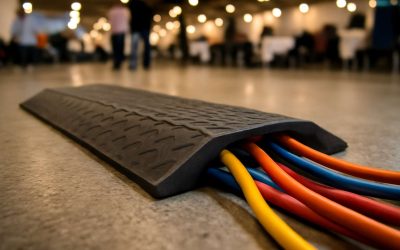
If you are looking for a durable, low-maintenance, and easy to install surface, rubber interlocking tiles are a great option. These flooring products provide excellent impact absorption, and are also very comfortable underfoot. They are a popular choice for a variety of exercise environments, including gyms, basements, and workshop areas.
Rubber is extremely resilient and absorbs shock from heavy weights, which makes them ideal for use in workout rooms. You can buy a variety of types of rubber interlocking tiles, from heavy-duty to residential. Many rubber tiles are manufactured from recycled rubber, making them eco-friendly and durable.
For your convenience, rubber interlocking tiles are easy to take apart for cleaning or moving. They do not require glue or special adhesives. When you do want to clean, you can simply mop with water or mild household cleanser. Aside from cleaning, you can also protect your tiles with a seam sealer to prevent liquids from seeping through your subfloor.
Interlocking rubber floor tiles are available in a variety of colors, styles, and thicknesses. Most tiles are 5/16-inch thick, which is enough to allow adequate airflow underneath them. However, if you are installing them over carpeting, you may wish to choose a thinner tile. The thinner the tile, the more likely it will unlock with heavy use.
In addition to being durable, vulcanized rubber is non-porous and can be cleaned easily. You can also use a garden hose to spray the tiles and remove any dirt that has built up.
Interlocking rubber floor tiles are made from water-resistant tire rubber. You can choose from a wide range of colors, including gray, black, and red. These tiles are also available in corner tiles and border tiles. Corner and border tiles are easier to install because of their interlocking edges.
Depending on the thickness of your floor, you can expect to pay between $3 and $10 per square foot for rubber interlocking tiles. This is much less than the average cost for a new flooring surface. Also, these tiles can be recycled, so you can save a few tires from landfills.
The most common connection method for rubber tiles is the puzzle edge. However, you can also choose to use straight edges if you wish. Both methods are easy to install, and you can have a great-looking flooring product.
Rubber floor tiles can be installed over a variety of surfaces, including low-pile carpeting and hardwood floors. However, you should be aware that water can damage some materials, so you should avoid installing these tiles over surfaces that are wet.
When choosing a rubber tile, you will need to decide whether you want to install it permanently, or for a temporary application. Temporary installations are an easy and cost-effective way to get your gym floor up and running. Mega-Lock and Fit-Lock tiles are perfect for this purpose.
While there are plenty of options to choose from, you’ll also need to consider the durability and ease of installation of each product. Rubber is a good material to choose, and it can easily be cleaned with a damp mop.



0 Comments